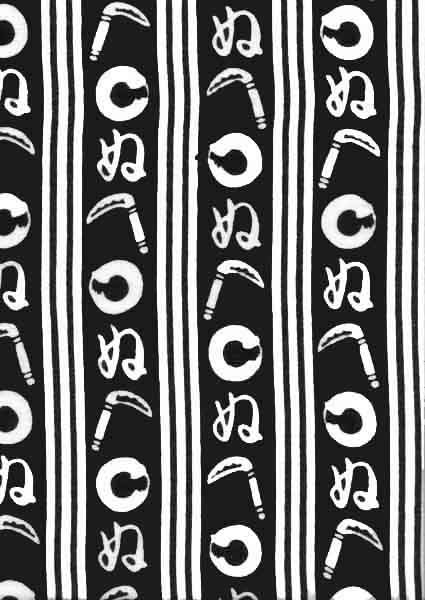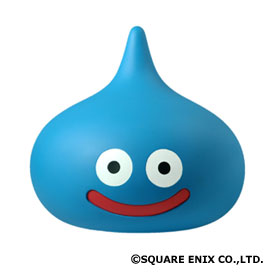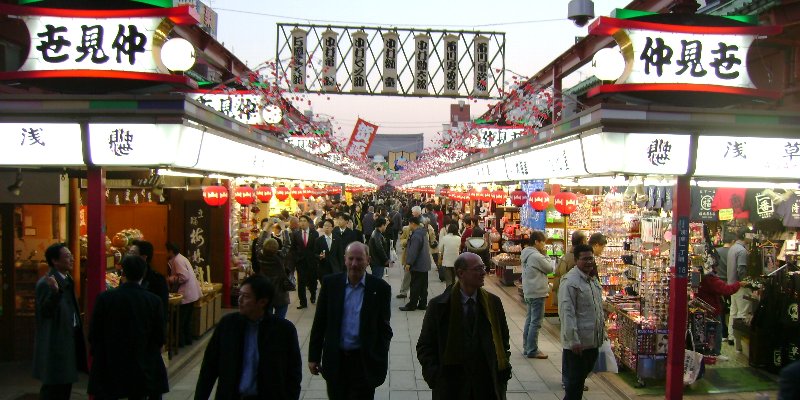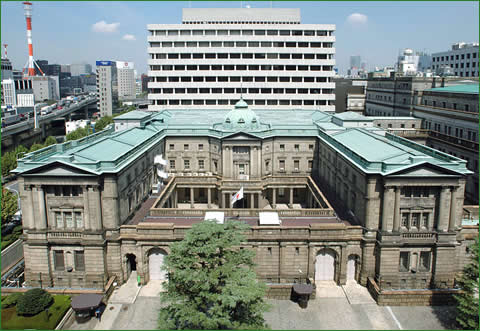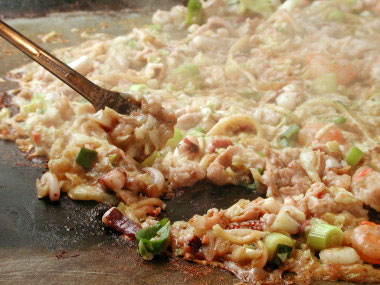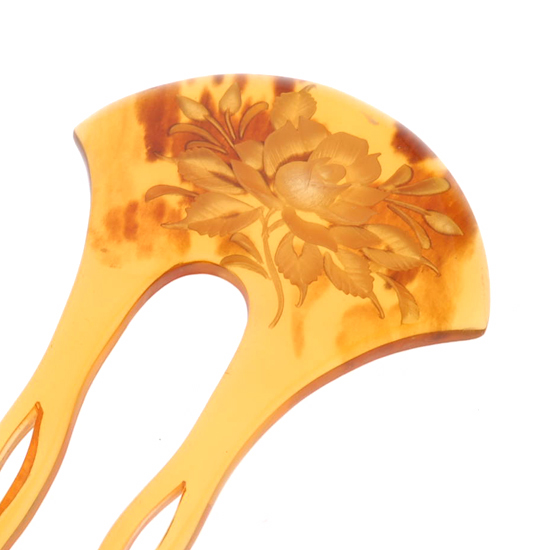- 03/10/2011
- 02/27/2021
Blog Entries from 2011: Tenugui, Japanese Handkerchief
Please note that the blog entries from this point below were published back in 2011 and earlier. The information contained in them may not be relevant as of today. Thank you for your understanding; and we look forward to you continued readership of our current articles. Please let us know if there is any information you???d like us to write. Tenugui is a piece of dyed cotton cloth, about the size of 35 cm by 90 cm.? Tenugui means ‘the thing to wipe hand’, and the main use is as?a hand towel, but it can be used for anything, such as wrapping, and interior accessories. Tenugui has been used for more than 1000 years in Japan.? In the Edo period, the variety of designs increased.? Many people designed their own Tenugui, to show their taste. In the left picture is a popular traditional pattern, called Kamawanu.? There was?an?huge hit?of?this?design in the late Edo period, after a leading Kabuki acter Ichikawa Danjuro ? (絽?綏???e?????) wore it on his stage. The motifs are a sickle (???, kama), a circle (莠?, wa), and a Hiragana (Japanese letter), Nu (???).? Kamawanu means ‘I don’t care’ or ‘never mind’?in Japanese.? The motifs don’t have much […]
